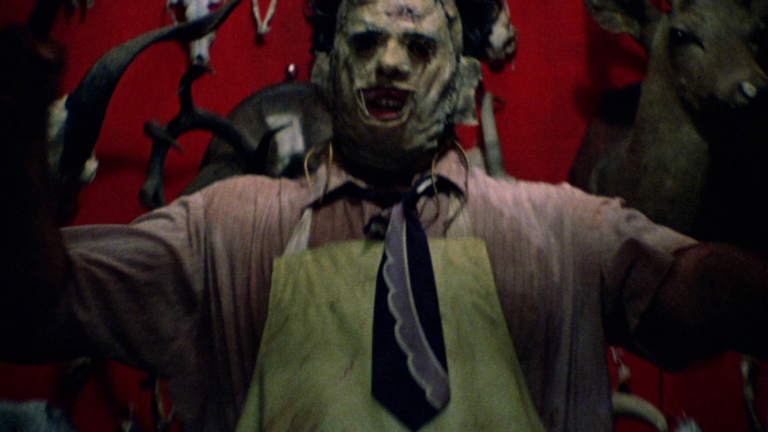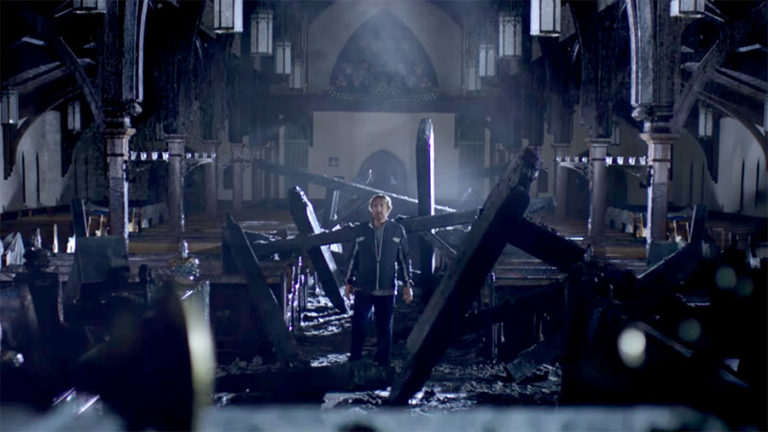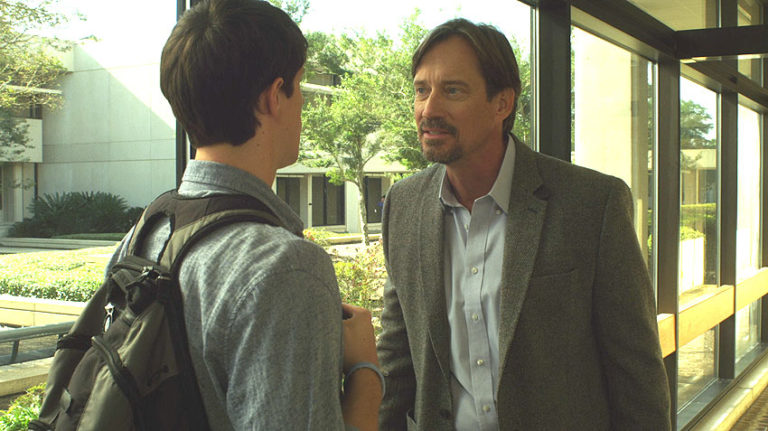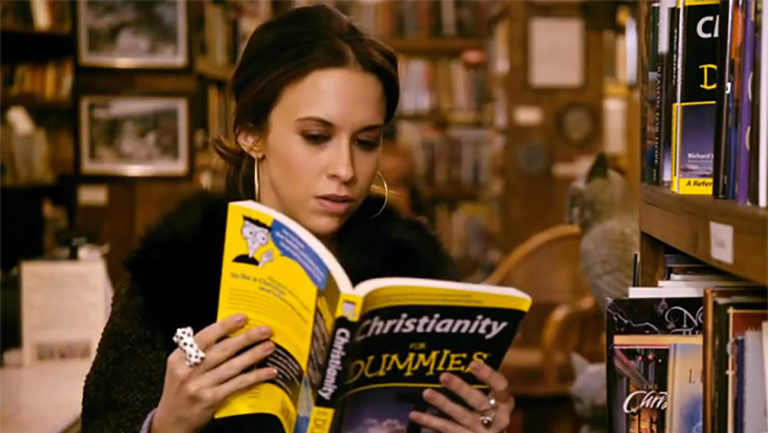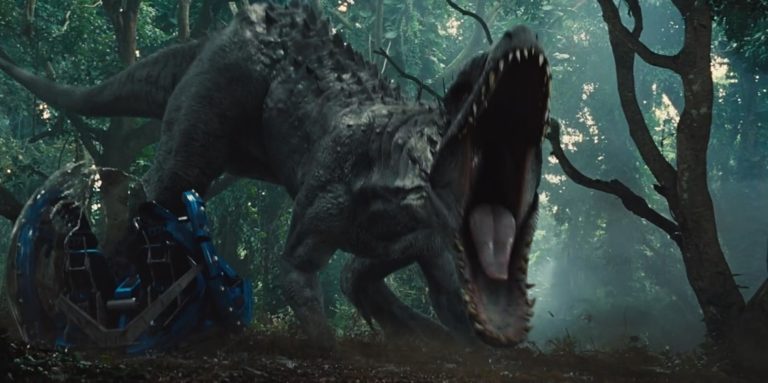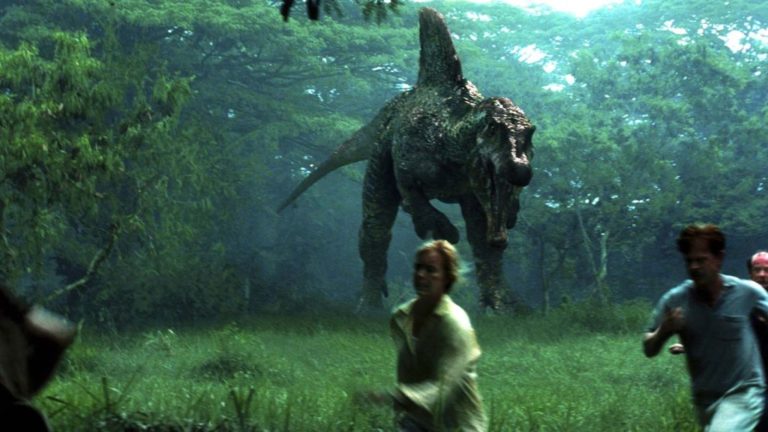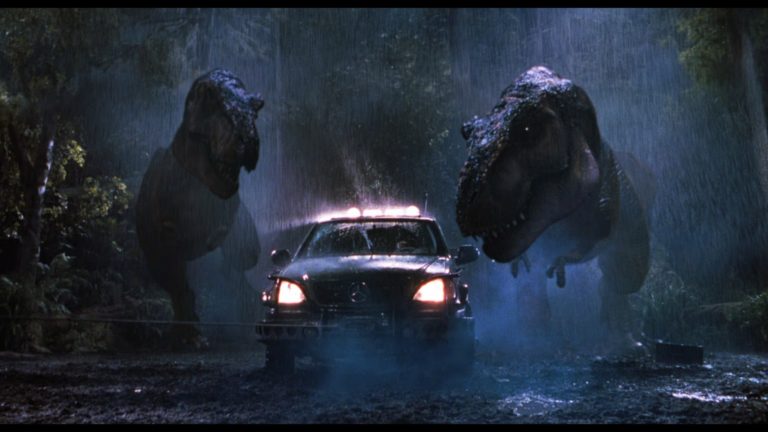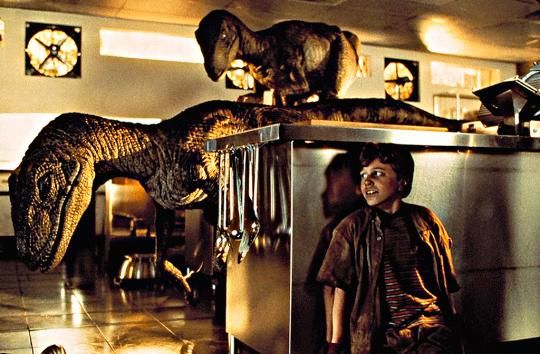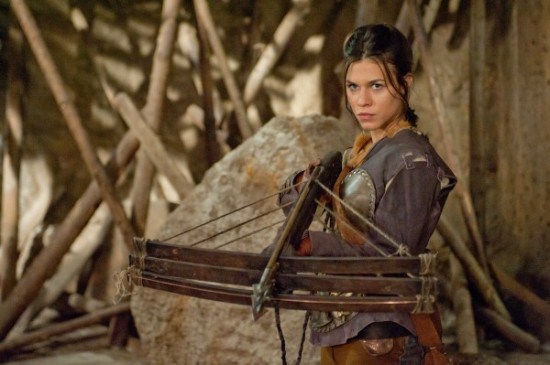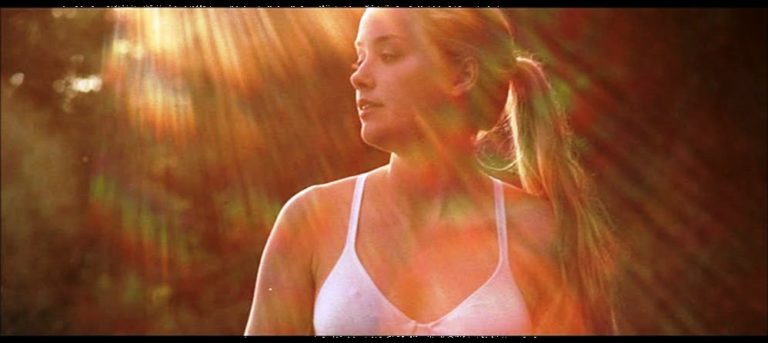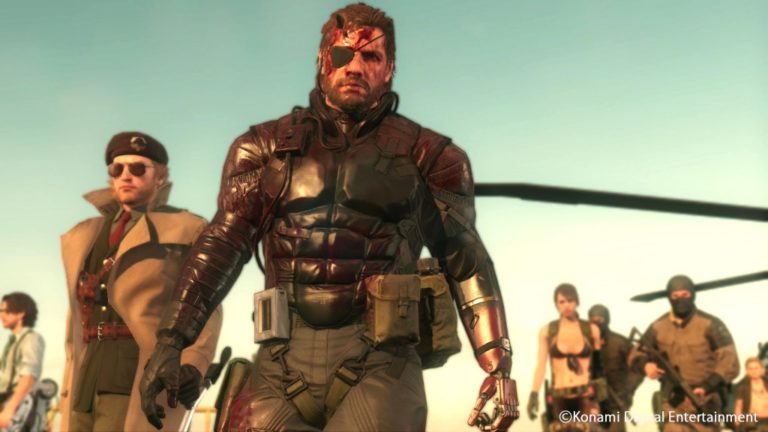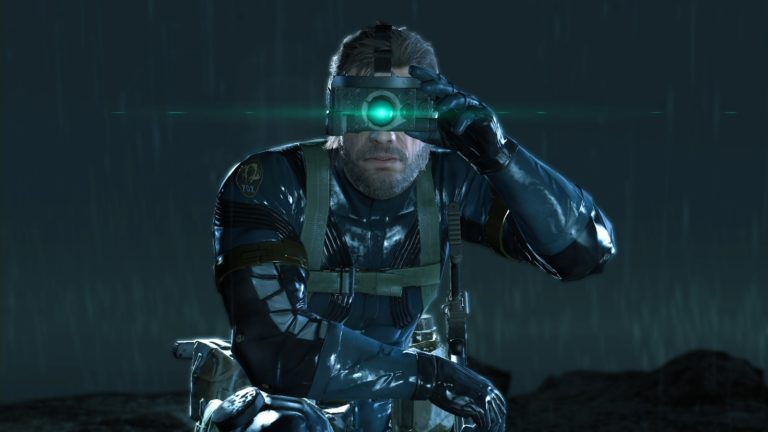Happy 2019 and what better way to start a new year than with a new retrospectives series?...
reviews
Welcome back to the God’s Not Dead retrospective! In today’s entry we’re covering the latest, and possibly last,...
Welcome back to the God’s Not Dead retrospective! In today’s entry, we’re going to be looking at the...
It has been quite a while since my last Retrospectives series. Don’t get me wrong, I’ve had...
Recently my girlfriend was looking for a movie that we could watch on Netflix and, surprisingly, asked...
Welcome back to the final entry in the Jurassic Park retrospective! In this entry we we will be...
Welcome back to part three of the Jurassic Park retrospective! In this post, we’ll be diving into 2001’s...
Welcome back to the Jurassic Park retrospective! In this entry we’re going to be looking at the second...
Holy shit, surprise, it’s another Retrospective series! I honestly wasn’t expecting to do another one of these,...
As I stated way back in 2013 when I did a retrospective of The Howling franchise, werewolves are...
There few experiences more baffling in enjoying movies than coming across a movie which is incredibly flawed,...
This happens to be my 200th post on I Choose to Stand, and I’ve put together something...
So finally we come to the most recent entry in the Metal Gear franchise – and likely the...
Welcome back to the Metal Gear retrospective! In this entry we’re going to cover the 10th game in...
